Stand-Up PWC May Be Reaching the End of an Era
Low demand and emissions regulations paint a grim picture
There’s been a lot of talk of late surrounding the fate of the stand-up personal watercraft, and how the coming model year may be your last chance to buy one.
Sad to say, there’s a lot of truth behind the rumors. The only remaining, mass-produced stand-up models on the market — the Kawasaki 800 SX-R and Yamaha SuperJet — both use conventional two-stroke engines, powerplants that upcoming emissions regulations will outlaw come January 1, 2012. And with the demand for stand-up craft in the low single digits, neither manufacturer appears poised to introduce a four-stroke model, or invest in any revolutionary technology that might satisfy the upcoming requirements.
In short, it looks like this is the beginning…of the end.
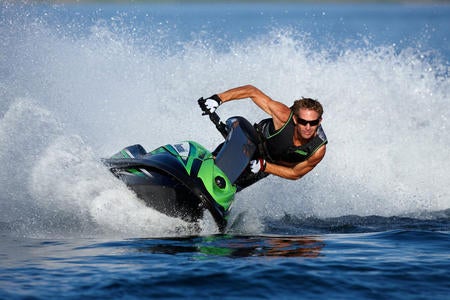
On Borrowed Time
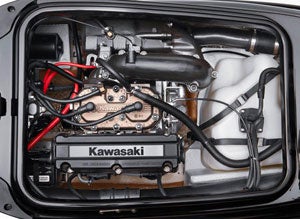
In many ways, stand-ups have already existed on borrowed time. Already banned from sale in California and New York, they remained for sale elsewhere in the country thanks to “fleet averaging,” a process by which a manufacturer could still produce a small number of less-clean two-strokes if they were able to offset them with a much larger volume of cleaner, mostly four-stroke alternatives. In short, the dirtier engines were averaged across the entire production fleet; as long as manufacturers still met the required target, two-strokes survived.
When a hard-and-fast emissions cap went into effect on January 1, 2010, stand-ups again escaped extinction after Kawasaki and Yamaha successfully argued to the EPA that cleaner alternatives were simply not readily available for these minute players in the PWC market. Four-stroke alternatives existed, but they were too large and bulky to easily transfer to stand-up hulls. This argument worked, but only served to buy time.
And now, with 2011 models on the verge of being announced later this summer, the stand-up appears truly ready for its swan song.
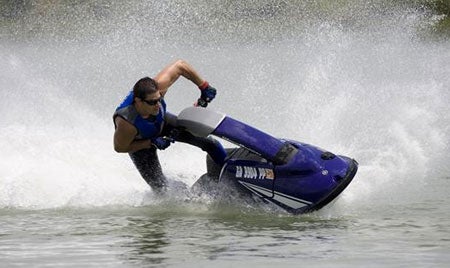
Not So Fast…
At least, ready for a swan song with the mainstream public, who after January 1, 2012 will no longer be able to buy or register an existing technology, two-stroke stand-up in any state. Racers, however, have found an exception.
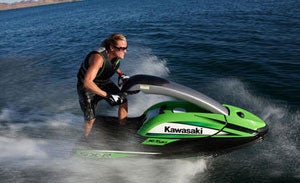
According to the Federal Register, exemptions from the rule can be granted for an engine that is used “solely” for competition use. Engines must be sold to qualified racers, and used only during the course of competition events. Should these engines be used for recreational purposes, they will immediately lose their exempt status.
That means racers may in fact still be able to buy new models after the deadline, and even race them. They won’t, however, be able to register the craft or use them legally for recreation on any public waterway. Already, one manufacturer has confided to me that they will likely have models available after the deadline for this very purpose.
In the grand scheme of things, however, racing is but a small piece of the puzzle. In essence, stand-ups launched the personal watercraft craze. The idea that they, for all intents and purposes, may soon cease to exist seems almost mind-boggling.
Four-Stroke Solution?
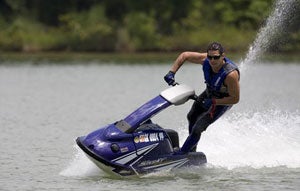
Why not just stick a four-stroke in the hull, like European manufacturer HydroSpace has done? Part of it is likely due to the fact that the demand is so small for stand-up models currently. It may not be worth the time and expense it would require on the manufacturer’s part.
Another issue is the ride. One prominent industry insider noted to me that the four-stroke stand-up experience is simply not what the stand-up enthusiast has come to expect. It results in a heavier, less nimble machine.
Which means, unless something drastic happens in the next 18 months, the option of buying a new stand-up may soon be a thing of the past.
Related Reading
2010 Kawasaki Jet Ski 800 SX-R Review
2009 Yamaha SuperJet Review
Get PersonalWatercraft.com in your Inbox!
Like PersonalWatercraft.com on Facebook
Comments
Most Popular

Remembering the Sea-Doo XP

2025 Yamaha JetBlaster PRO 2-Up Review

2024 Kawasaki Jet Ski STX 160X Review

2024 Yamaha GP HO Review

2017 Kawasaki Jet Ski Ultra 310LX Review




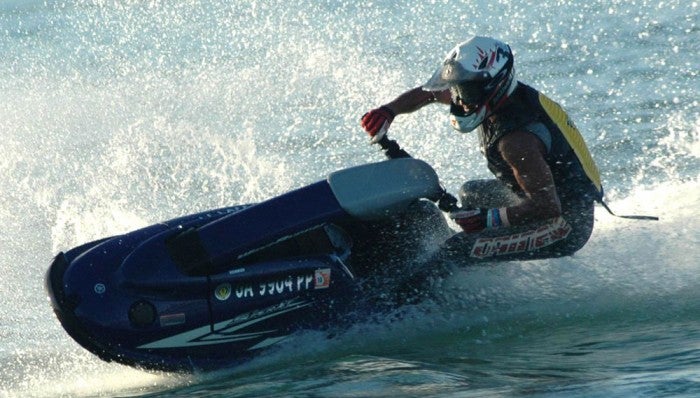








 Your Privacy Choices
Your Privacy Choices